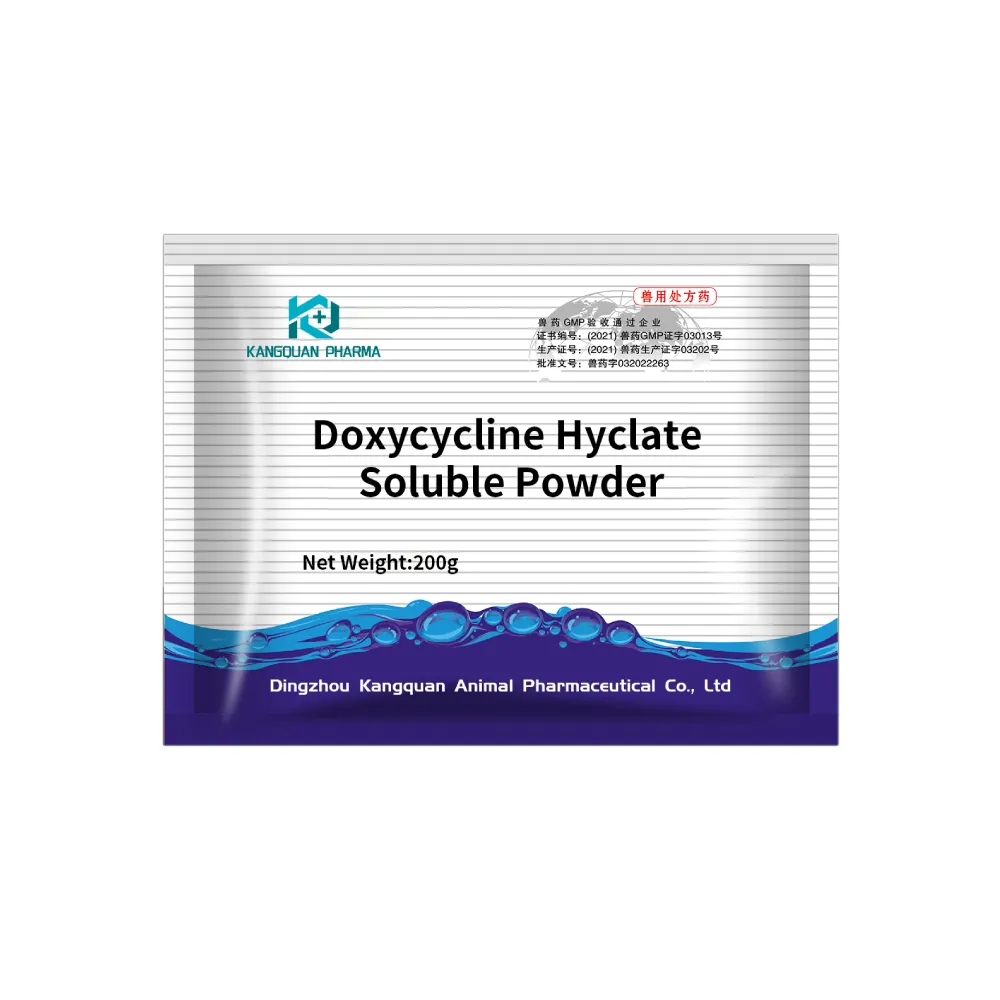- Afrikaans
- Albanian
- Amharic
- Arabic
- Armenian
- Azerbaijani
- Basque
- Belarusian
- Bengali
- Bosnian
- Bulgarian
- Catalan
- Cebuano
- Corsican
- Croatian
- Czech
- Danish
- Dutch
- English
- Esperanto
- Estonian
- Finnish
- French
- Frisian
- Galician
- Georgian
- German
- Greek
- Gujarati
- Haitian Creole
- hausa
- hawaiian
- Hebrew
- Hindi
- Miao
- Hungarian
- Icelandic
- igbo
- Indonesian
- irish
- Italian
- Japanese
- Javanese
- Kannada
- kazakh
- Khmer
- Rwandese
- Korean
- Kurdish
- Kyrgyz
- Lao
- Latin
- Latvian
- Lithuanian
- Luxembourgish
- Macedonian
- Malgashi
- Malay
- Malayalam
- Maltese
- Maori
- Marathi
- Mongolian
- Myanmar
- Nepali
- Norwegian
- Norwegian
- Occitan
- Pashto
- Persian
- Polish
- Portuguese
- Punjabi
- Romanian
- Russian
- Samoan
- Scottish Gaelic
- Serbian
- Sesotho
- Shona
- Sindhi
- Sinhala
- Slovak
- Slovenian
- Somali
- Spanish
- Sundanese
- Swahili
- Swedish
- Tagalog
- Tajik
- Tamil
- Tatar
- Telugu
- Thai
- Turkish
- Turkmen
- Ukrainian
- Urdu
- Uighur
- Uzbek
- Vietnamese
- Welsh
- Bantu
- Yiddish
- Yoruba
- Zulu
Samh . 25, 2024 19:39 Back to list
Effective Disinfectants for Animal Facilities to Ensure Health and Safety
Understanding Animal Facility Disinfectants Importance, Types, and Best Practices
In the realm of veterinary medicine and animal husbandry, maintaining a clean and safe environment for animals is of paramount importance. One of the most crucial aspects of this cleanliness involves the use of disinfectants. Animal facility disinfectants play a vital role in preventing the spread of infectious diseases, protecting the health of both animals and staff, and ensuring compliance with health regulations.
Importance of Disinfectants in Animal Facilities
Animal facilities, such as veterinary clinics, research laboratories, and farms, house a variety of species that can be susceptible to infectious agents. Inadequate cleaning can lead to the persistence of pathogens such as bacteria, viruses, fungi, and parasites, which can thrive in feces, bedding, and on various surfaces. This can result in outbreaks of disease that threaten animal populations and can even pose risks to human health through zoonotic transmission.
Disinfectants are essential tools in breaking the chain of infection. Regular and effective disinfection helps manage biosecurity risks, reduce the incidence of disease, and ultimately leads to healthier animals and improved welfare standards. Furthermore, a clean environment enhances productivity in animal breeding and research settings, as healthier animals are more likely to exhibit optimal growth, reproductive performance, and research outcomes.
Types of Disinfectants
Animal facility disinfectants can be classified into several categories based on their active ingredients and mechanisms of action. The most commonly used types include
1. Quaternary Ammonium Compounds (Quats) These are widely used for their broad-spectrum effectiveness and low toxicity. They are ideal for use on hard surfaces and can effectively kill bacteria and enveloped viruses. However, they may be less effective against certain non-enveloped viruses and spores.
2. Chlorine Compounds Sodium hypochlorite, commonly known as bleach, is one of the most potent disinfectants available. It is effective against a broad range of pathogens, including bacteria, viruses, and fungi. However, it can be corrosive and may not be suitable for all surfaces or materials.
3. Phenolic Compounds These are effective against bacteria and fungi and are used in many veterinary settings. They are stable, have residual activity, and can be effective even in the presence of organic matter, making them a popular choice for disinfecting animal housing.
animal facility disinfectant

4. Peracetic Acid Known for its effectiveness against biofilms and resistant spores, peracetic acid is often used in food processing and veterinary settings. It has a rapid kill time and breaks down into non-toxic byproducts, making it environmentally friendly.
5. Hydrogen Peroxide This is another effective disinfectant that acts by releasing oxygen. It is particularly useful for disinfection of surfaces and equipment due to its ability to degrade into water and oxygen, leaving no harmful residues.
Best Practices for Disinfection
To maximize the effectiveness of disinfectants in animal facilities, several best practices should be followed
- Pre-Cleaning Before applying disinfectants, surfaces should be pre-cleaned to remove organic matter, dirt, and debris. This enhances the disinfectant's effectiveness as organic matter can interfere with the action of the disinfectant.
- Dilution and Application Follow the manufacturer's instructions regarding dilution ratios and application methods. Incorrect dilution can reduce effectiveness, while improper application may leave surfaces inadequately treated.
- Contact Time Ensure that the disinfectant remains on the surface for the appropriate amount of time to achieve maximum efficacy. This is critical for killing pathogens effectively.
- Regular Schedule Establish a regular cleaning and disinfection schedule for all areas of the facility, particularly high-touch surfaces and areas where animals are housed.
- Training and Safety Staff should be trained in the safe and effective use of disinfectants, including understanding the potential hazards associated with their use and the importance of personal protective equipment (PPE).
In conclusion, the effective use of animal facility disinfectants is a cornerstone of biosecurity and animal health management. By understanding the various types of disinfectants available and adhering to best practices, animal care professionals can protect the health of animals and staff alike, ensuring a safer and more productive environment.
-
Guide to Oxytetracycline Injection
NewsMar.27,2025
-
Guide to Colistin Sulphate
NewsMar.27,2025
-
Gentamicin Sulfate: Uses, Price, And Key Information
NewsMar.27,2025
-
Enrofloxacin Injection: Uses, Price, And Supplier Information
NewsMar.27,2025
-
Dexamethasone Sodium Phosphate Injection: Uses, Price, And Key Information
NewsMar.27,2025
-
Albendazole Tablet: Uses, Dosage, Cost, And Key Information
NewsMar.27,2025













